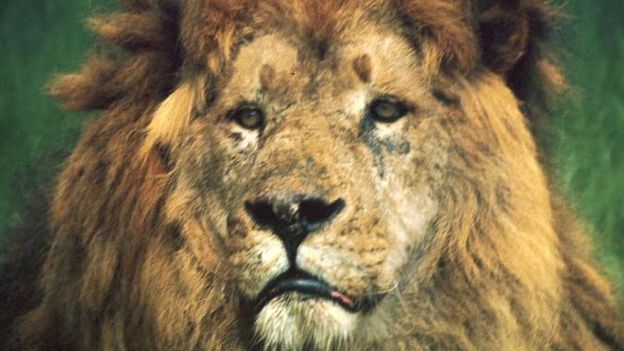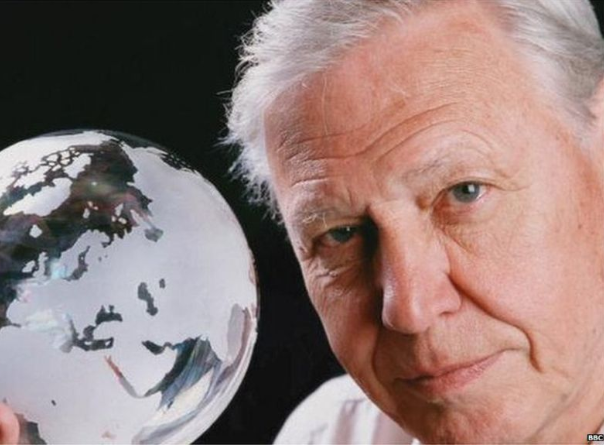Programmes, such as Sir David Attenborough’s Planet Earth II series, boost people’s awareness and interest in species, a study has suggested.
Despite lacking an overt conservation message, the programmes stimulated people to find out more about the species featured in the broadcasts.
The team from University College Cork based their findings on analysing data from Twitter and Wikipedia.
The findings have been published in Conservation Letters journal.
The researchers said their results appeared to show that “natural history films can provide vicarious connection to nature and can generate durable shifts in audience awareness”.
Co-author Dario Fernandez-Bellon said that he and co-author Dr Adam Kane decided to carry out the study after the Planet Earth II series attracted some criticism for not carrying a more overt conservation message.

The s
cientists decided to investigate the initial criticism more closely, using “big data” collated from Twitter and Wikipedia, to see if there was an issue that needed to be highlighted.
“We found that there was, in fact, very little of the script dedicated to conservation,” observed Dr Fernandez-Bellon, “and that barely had any impact on Twitter, let alone Wikipedia.”
But the researchers found that there was a clear link when it came to the species featured in the programmes.
“What we found was that people’s reactions and interest in species was mainly led by how long they were on screen, and independent of whether they were mammals, birds or reptiles,” he told BBC News.
In other words, the creatures did not have to be so-called “charismatic species” in order to attract attention.
Dr Fernandez-Bellon added: “It was really quite interesting because it showcases that dilemma producers sometimes have in finding the balance between producing a show that’s entertaining, while generating awareness in people without taking a preachy approach.”
He observed: “If a producer wants to highlight a specific species that is endangered, they do not really have to rattle on about how endangered it is, but just by giving it more time on screen, people are more likely to go on to Wikipedia and find out the information themselves.”
Media professionals recognise that an increasing proportion of the audience now “dual-screen”, which describes how they watch television while also using a mobile device, such as a smartphone or a tablet.
Drs Fernandez-Bellon and Kane also decided to see if the data suggested the programmes led to people taking a more proactive approach when it came to conservation, such as donating to a wildlife charity.
“We did look at a couple of charities to see whether they registered peaks in donations around the time Planet Earth II was broadcast,” Dr Fernandez-Bellon said.
“The truth is that there was not, not in the same way we had found a peak in Twitter activity, and a peak in Wikipedia activity but there was not in proactive action.”
Dr Fernandez-Bellon said that there was a lot of scope to use the big data from social media platforms, such as Twitter, to help shape policies on how to communicate conservation to a wider audience.
“If this data is being used for marketing or business purposes, why couldn’t we use it for conservation purposes or to assess potential changes in human behaviour,” he said.



